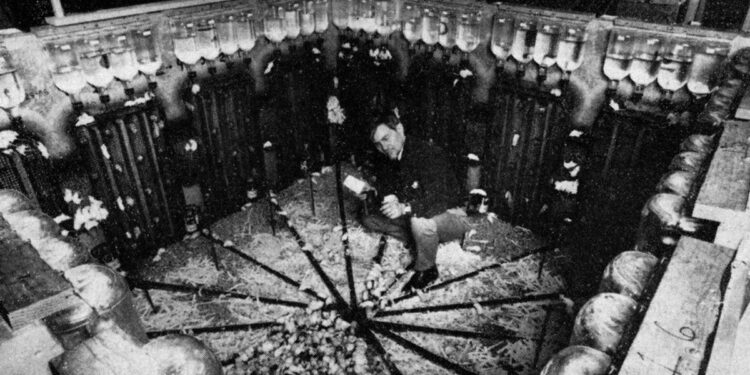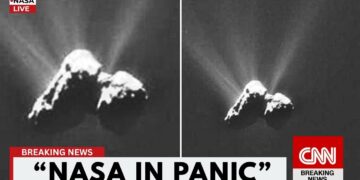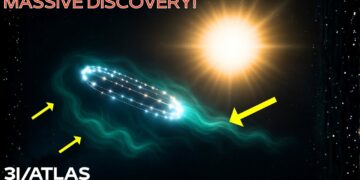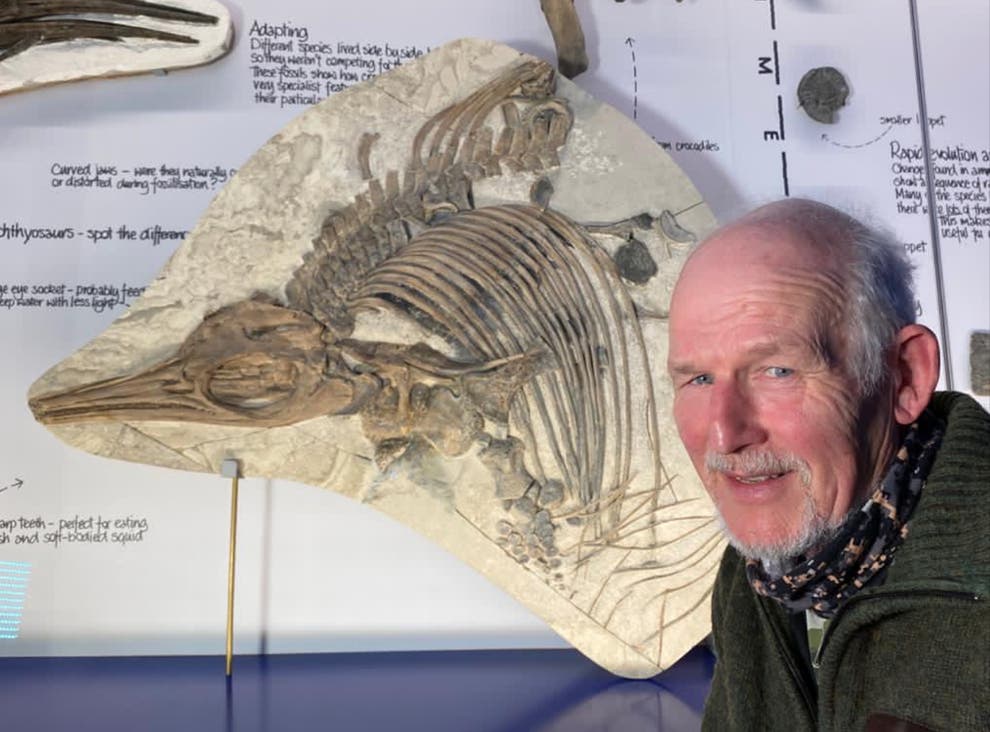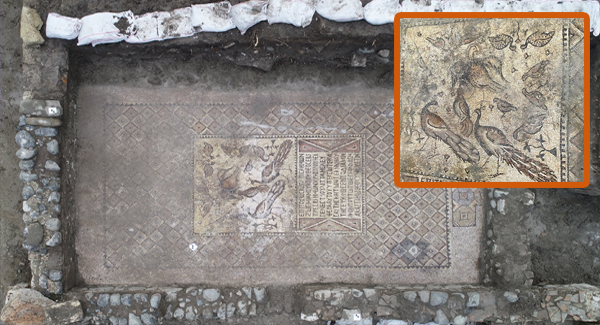A series of rodent experiments showed that even with abundant food and water, personal space is essential to prevent societal collapse, but Universe 25’s relevance to humans remains disputed.
June 22, 1972. John Calhoun stood over the abandoned husk of what had once been a thriving metropolis of thousands. Now, the population had dwindled to just 122, and soon, even these inhabitants would be dead.
Calhoun wasn’t the survivor of a natural disaster or nuclear meltdown; rather, he was a researcher at the National Institute of Mental Health conducting an experiment into the effects of overcrowding on mouse behavior. The results, laid bare at his feet, had taken years to play out.
Universe 25 Experiment Explained
In 1968, Calhoun had started the experiment by introducing four mouse couples into a specially designed pen—a veritable rodent Garden of Eden—with numerous “apartments,” abundant nesting supplies, and unlimited food and water. The only scarce resource in this microcosm was physical space, and Calhoun suspected that it was only a matter of time before this caused trouble in paradise.
Calhoun had been running similar experiments with rodents for decades but had always had to end them prematurely, ironically because of laboratory space constraints, says Edmund Ramsden, a science historian at Queen Mary University of London. This iteration, dubbed Universe 25, was the first crowding experiment he ran to completion.
As he had anticipated, the utopia became hellish nearly a year in when the population density began to peak, and then population growth abruptly and dramatically slowed. Animals became increasingly violent, developed abnormal sexual behaviors, and began neglecting or even attacking their own pups.
Eventually Universe 25 took another disturbing turn. Mice born into the chaos couldn’t form normal social bonds or engage in complex social behaviors such as courtship, mating, and pup-rearing. Instead of interacting with their peers, males compulsively groomed themselves; females stopped getting pregnant. Effectively, says Ramsden, they became “trapped in an infantile state of early development,” even when removed from Universe 25 and introduced to “normal” mice. Ultimately, the colony died out. “There’s no recovery, and that’s what was so shocking to [Calhoun],” says Ramsden.
Debunking Popular Interpretations of Universe 25
Calhoun wasn’t shy about anthropomorphizing his findings, binning rodents into categories such as “juvenile delinquents” and “social dropouts,” and others seized on these human parallels. Population growth in the 1970s was swelling, and films such as Soylent Green tapped into growing fears of overpopulation and urban violence. In a 2011 article, Ramsden writes that Calhoun’s studies were brandished by others to justify population control efforts largely targeted at poor and marginalized communities.
But Ramsden notes that Calhoun didn’t necessarily think humanity was doomed. In some of Calhoun’s other crowding experiments, rodents developed innovative tunneling behaviors, while in others, adding more rooms allowed the animals to live in the high-density environment without being forced into unwanted contact with others, largely minimizing the negative social consequences. According to Ramsden, Calhoun wanted these findings to influence the architectural design of prisons, mental hospitals, and other buildings prone to crowding. Writing in a report summary in 1979, Calhoun noted that “no single area of intellectual effort can exert a greater influence on human welfare than that contributing to better design of the built environment.”
Relevance and Criticisms of the Universe 25 Experiment
Looking back on the Universe 25 experiment with present day scientific perspective, the limits of its interpretations are evident. The research was largely observational and subjective. Calhoun described his study as “not normal science,” referring to it instead as an “observation and reconstruction of a process.”2 Observational studies have a higher risk of bias and confusing correlation with causation.3 Scientists have suggested that Universe 25 suffers from inaccurate interpretation of experimental outcomes, methods, and potentially confounding variables,4 which reflect information bias.3 For instance, at the time that Calhoun presented and published Universe 25’s results, his peers inquired about unsanitary animal husbandry and a lack of quantitative stress hormone measurements as potential confounding or missing information pertinent to Calhoun’s conclusions.
Importantly, despite popular interpretations of Universe 25 deeming it informative about urban crowding, many human studies on crowding and population density have yielded inconsistent results.4 Behavioral scientists today largely acknowledge that how humans experience and respond to crowding is governed by a range of individual-specific social and psychological factors, including personal autonomy and social roles or contexts.
In some ways, this aligns with how Calhoun discussed his Universe 25 findings, not as effects of population density per se but effects of altered social interactions.2 Additionally, the Universe 25 experiment did not address systemic determinants of well-being at the time, nor does it reflect present-day systems that are endemic to the human experience. The societal implications of increased population density and its effects on human beings are a far throw from Universe 25’s experimental design and the behavioral changes that Calhoun observed in his caged rodent experiments.2,4
Finally, from an ethical standpoint, Calhoun’s experiments would not be permitted today. The mouse universes that Calhoun created intentionally placed its study subjects into constructed environments that caused harm. The study conditions were maintained despite evident animal distress, and many preventable casualties ensued.2 This goes against current regulatory safety standards for animal research.

